An idea is born.
Back in May I discouraged new hams from buying the cheapest, most low end equipment possible. That article subsequently linked to a solar controller that, as best I could determine, was the absolute cheapest solar controller on all of Amazon.
A few weeks and a reader inquiry later, I got to wondering: How bad (or good) is the cheapest solar controller? Is it as junky as its price tag implies, or could this thing actually be a decent value? Why not buy one and find out? This is not going to be a traditional product review (we don’t do those here at OGH). Our goal is to look closely at these solar controllers and determine if they could have any practical application in your off grid radio plans.
Reaching for the bottom of the barrel.
To keep this experiment relevant to off grid amateur radio, the controller had to be a ready to go, stand alone unit. Controllers that required separate components or accessories, needed to be assembled as kits, or were just circuit boards with no enclosure were not considered.
Several units qualified, but two stood out. Controller #1 was only $3.91 USD but there was a $4.79 shipping charge. Controller #2 was $8.98 with “free” shipping. This is the first time in my experience where the shipping was more than the item. Shipping and taxes to not reflect the cost of the product itself, nor do they add any value so they were not counted towards the cost of the device.
Special note: Since I received my order in early June 2025, Controller #1 price dropped to $2.69 with the same $4.79 shipping. Controller #2 price increased to $9.98.
Knowing that nothing is truly free, I assumed that shipping costs were buried into the price of Controller #2. That levels the playing field and makes it competitively priced with Controller #1.
From Asia to the USA with Amazon efficiency.
Controller #1 had a quoted shipping time of 14-21 days but it actually arrived in nine days. I am nearly certain this was shipped directly from Asia. The package had a label for a private air express shipper and an ORD airport code (O’Hare airport in Chicago). The return address was in Franklin Park, Illinois which is a direct neighbor of O’Hare and a significant transportation & logistics hub. Actual delivery to my home was via the US Postal Service.
Controller #2 arrived in two days via normal Amazon fulfillment.
Opening the boxes.
Controller #1 is made by Trisar solar, according to the Amazon listing. However, there are no logos or company names anywhere on the box or the device. In addition, I could not find any meaningful information about this brand. Internet searches go back to discussions on web forums and Trisar products for sale through various third-party retailers. Trisar apparently does not have a home page, social media pages, or any direct presence on the internet. I did find a Tristar solar, which is not the same organization. This controller is compatible with lithium batteries.
Although there were no company logos or names on Controller #2, the device is made by Anern, a manufacturer of solar and lighting products. They don’t have a large presence in North America but are a well-known player in Asia. This controller will not accommodate lithium batteries.
The user guides were suspiciously similar with only minor differences. The graphics and button layout on both devices were exactly the same. Controller #1 had USB connections on the bottom while Controller #2 had them on the front.
Catching them in a huge lie.
Both controllers had a rated current of 100 amps (according to the sticker on each device). This is one of the most laughably ridiculous claims I’ve ever seen. One can tell just by looking at them they will not take anywhere near that level of current. Controller #1 has DC barrel connectors like you find on handheld radios. Controller #2 has screw terminals that will accept at most a 14 gauge wire. Based on the size and type of connections, I estimate they will safely handle a maximum of five amps. If anyone can continuously run 100 amps through either of these without starting a fire or ending up in the back of an ambulance, drop me a line and I’ll give you space on this website to tell everyone about your miracle of physics.
Real world testing.
I connected a 135 watt Kyocera solar panel to a 12 volt, 4.5 amp-hour SLA battery through the controller. I purposely chose an undersized battery to minimize its effect on the circuit. This way, the controller is forced to carry the load with little or no help from the battery. The solar panel maxes out at just above seven amps. Neither the panel nor the battery can produce enough energy to be a serious safety hazard but it is enough to stress the controller and give it a solid workout.
The test load peaked at 6 amps. This is more than the five amps I think these controllers can reasonably handle, but it’s not a lot more. Since it was a clear, sunny day, the current did not vary too much. Controller #2 has heat sink tape that bonds the power semiconductors to the metal backplate for heat dissipation. Controller #1 has no such provision, but it does have air vents on each side.
Neither controller became excessively hot despite the slight overcurrent and an ambient temperature of 91F/33C. Both controllers held the correct voltage and provided power to the test load for an extended time without any observable problems.
My preconceived opinions were incorrect. Or, more bluntly, I was wrong.
I let my own bias get the best of me. I assumed that because these controllers were so crazy-cheap, they must be junk. That assumption was incorrect.
While they are certainly not top-tier, or even mid-tier, I must humbly concede that both controllers are a good value for the money. In an economic environment where you can’t do much of anything for less than ten bucks, these controllers truly surprised me. cheapest solar controller
There are some points to consider, however. First, It’s too soon to know how these controllers will work long term, but so far they are holding their own. Second, even though they do work well, I would not trust them for critical applications. They would be a good choice for lower-priority power needs or as a backup. Survivalists/preppers would be smart to buy several to use as spares or as a trade/barter item.
Lastly, the physical construction is as low budget as it can get. Both devices are just circuit boards mounted with tiny screws in thin plastic enclosures . They will not withstand even modest physical abuse, and they certainly won’t survive long in high humidity or harsh uncontrolled environments. Compare that to the Sunsaver 6. The SunSaver is a well-tested workhorse in a metal enclosure with epoxy filler. I have one myself, and I could probably run it over with my Jeep and dunk it in a bucket of water it would keep chugging along. cheapest solar controller
Although you do indeed get what you pay for, in this case paying less gets you something that is at least passable and will punch above its weight. Since you’re risking less than ten dollars, almost anyone can afford to take a chance on these solar controllers. If your expectations are modest, I don’t think you’ll lose.
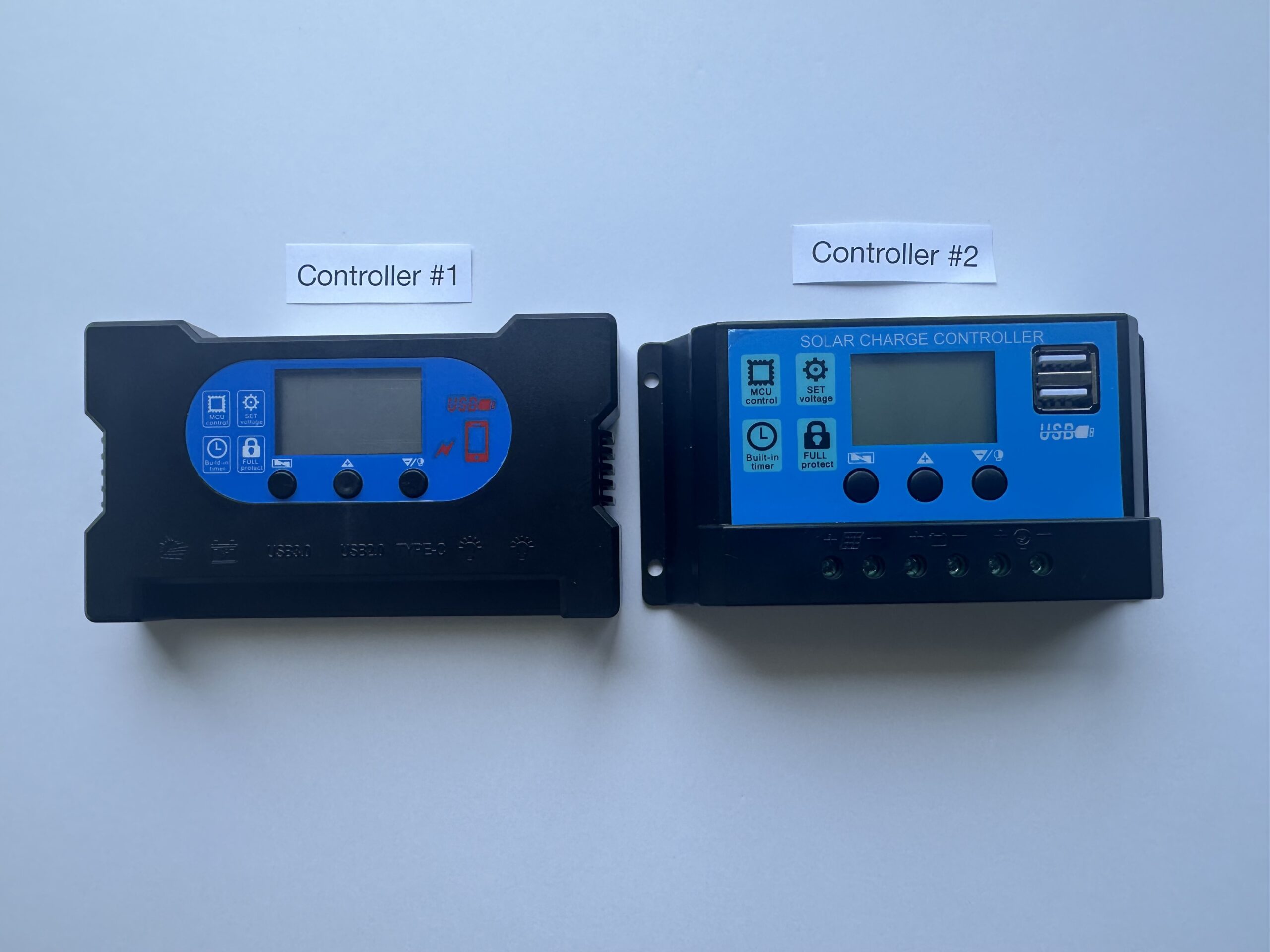
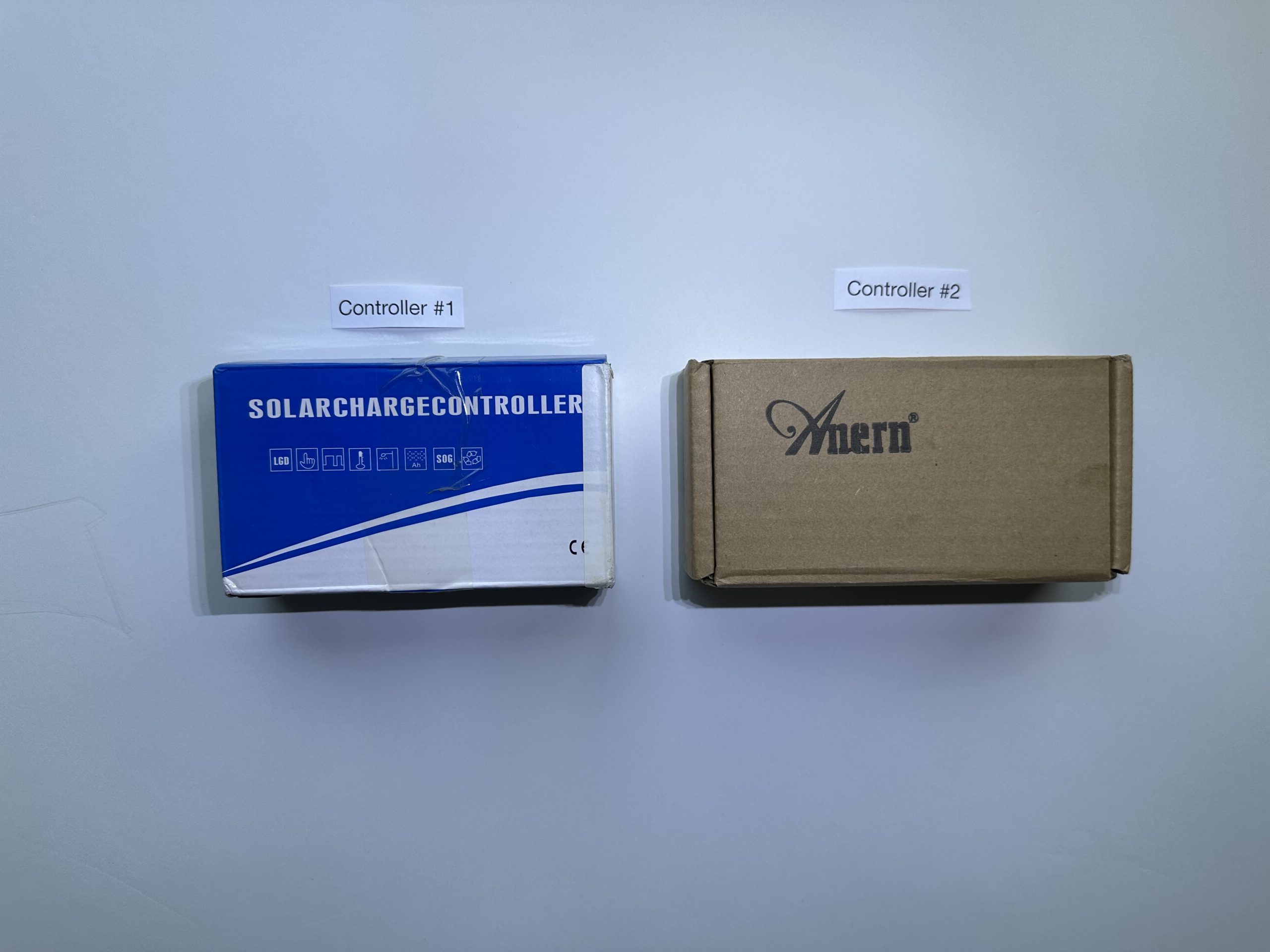
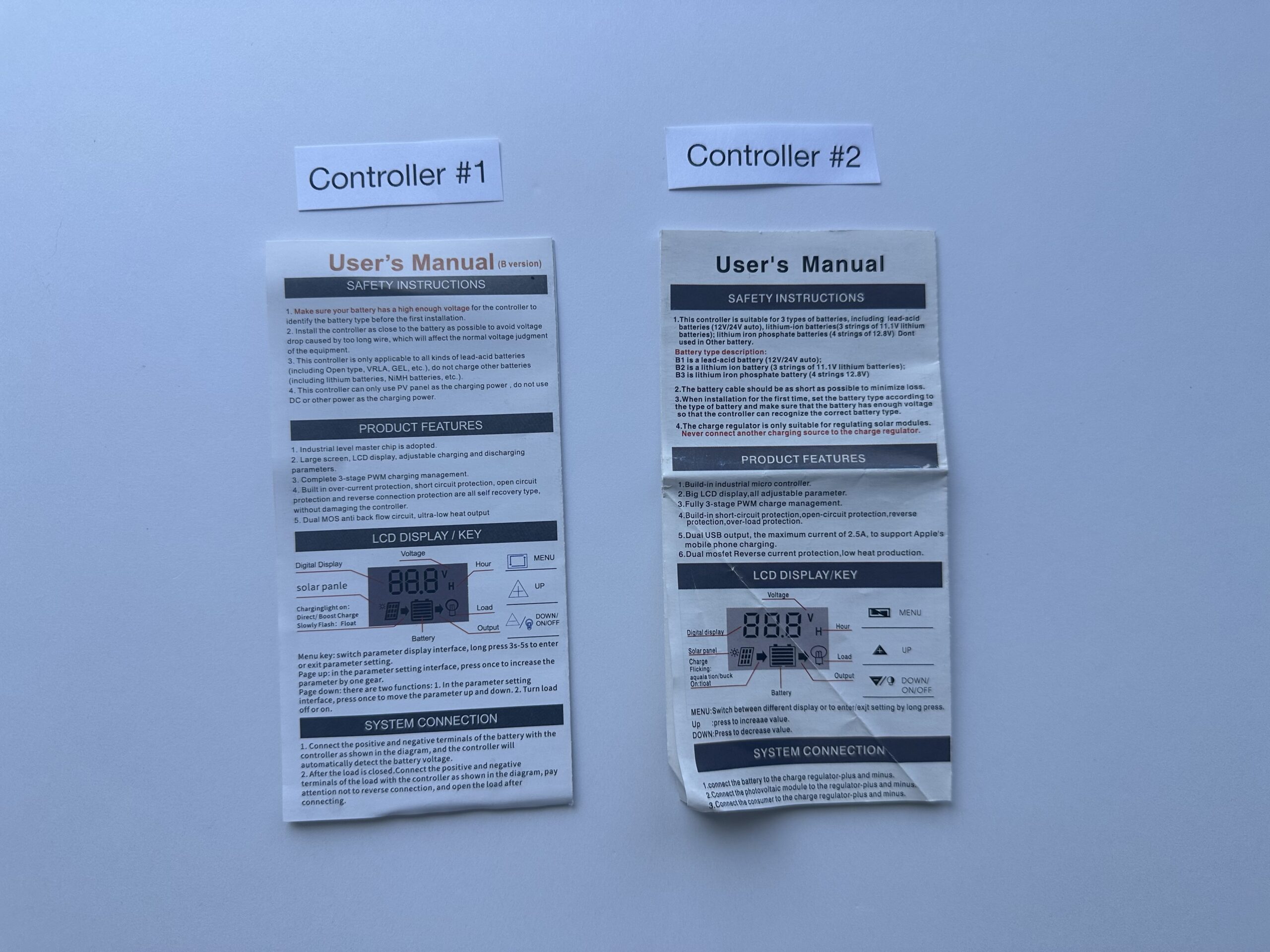
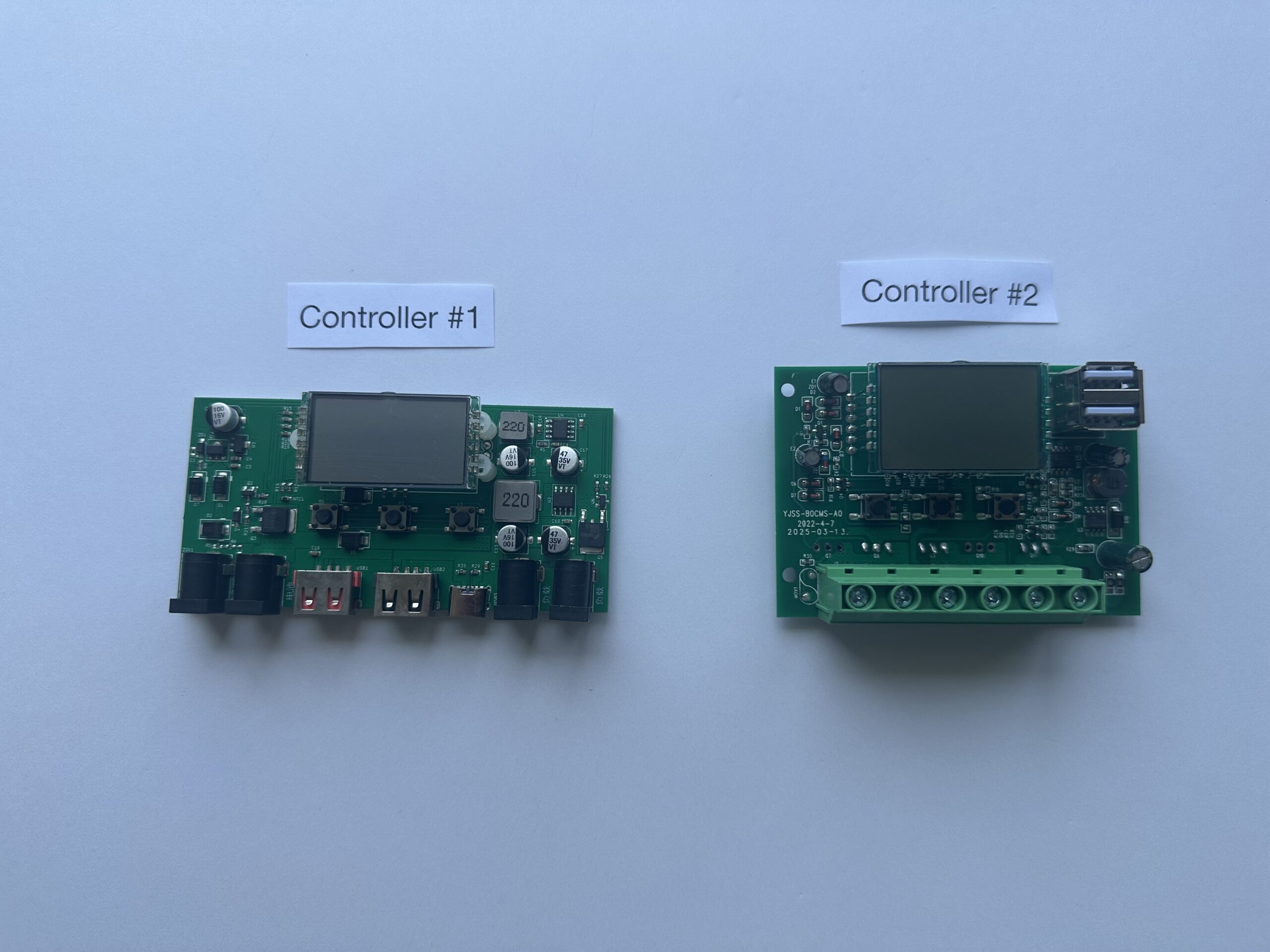
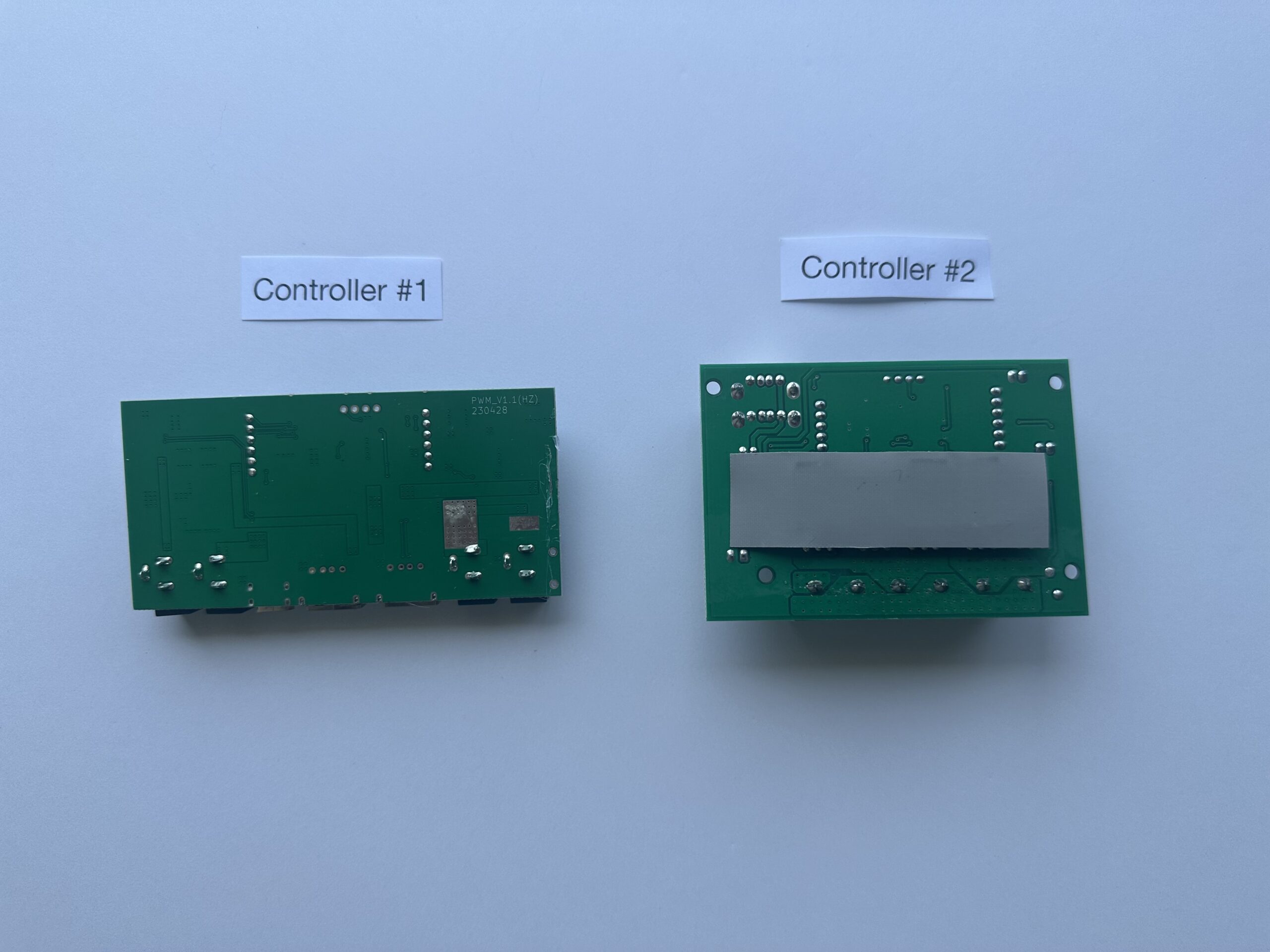
The 100 Amp rating is most likely 10 Amp. Chances are it’ll be safe up to 12 Amp surge before burning out.
Also, I wouldn’t doubt these companies build for major solar companies the charge 1,000 times for their product name.
I’ve been using Harbor Frieght solar panels for years with no issues. The charge controller doesn’t look any different from these to be honest. For less than $200.00, you get a 100 watt system, without battery. I have a set hanging in my garden to run my water pump and other small devices. I can hook up my radios and operate from there as well.
Hi Frank, thanks for stopping by, It would be plausible that the 100 amp claim is just a typo except that it’s hard to believe the same error would be made on two different products. Also, the claim is made in on line listings as well. It appears in too many places to be just a mistake. I:n either case, the controller with the screw terminals might be ok at higher current, but I would never suggest sending ten amps through the small DC barrel connectors on the other.
I am a huge fan of Harbor Freight in general although I’ve never personally used their solar stuff. Their solar panels are a decent deal if you get them on sale. The HF $69 solar controller is absurdly overpriced and I do not believe for a moment that one can push thirty amps through it. You are right…it is likely no better than the sub- $10 units I tested for this article.
Thank you. Good information. I have several of the cheap China charge controllers that wrapped with tin foil and stored for back ups and emergencies.
Hi Jed, you are right on. These controllers are perfect for backups.